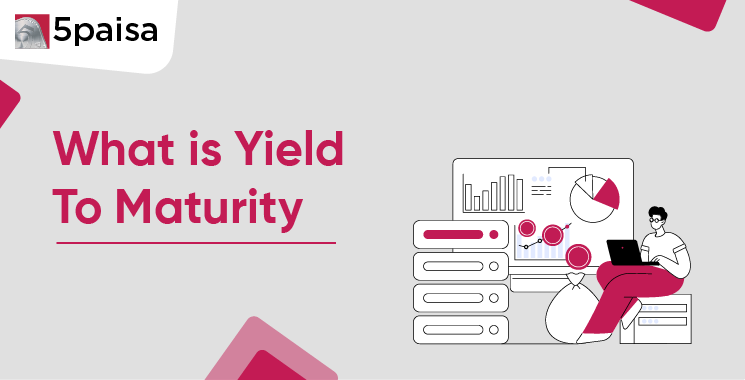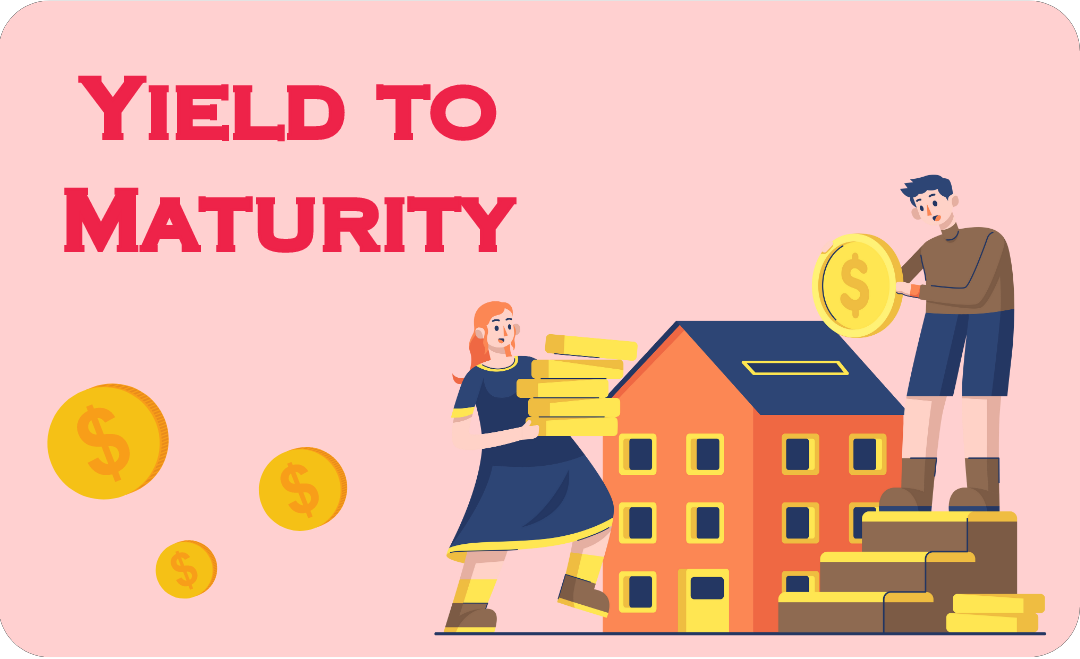Content
- What Is Yield To Maturity (YTM)?
- Importance Of Yield To Maturity
- Variations Of Yield To Maturity
- Benefits Of Yield To Maturity (YTM)
- Limitations Of Yield To Maturity (YTM)
- Yield To Maturity Formula (YTM)
- How YTM Is Calculated?
- Conclusion
Yield to maturity (YTM) is the overall return you can anticipate from your bond investments, provided you keep the bond until it matures and reinvest all bond proceeds in the same security. Bonds are the only thing that fall under this concept because equities don't have a maturity date.
More Articles to Explore
- Difference between NSDL and CDSL
- Lowest brokerage charges in India for online trading
- How to find your demat account number using PAN card
- What are bonus shares and how do they work?
- How to transfer shares from one demat account to another?
- What is BO ID?
- Open demat account without a PAN card - a complete guide
- What are DP charges?
- What is DP ID in a demat account
- How to transfer money from demat account to bank account
Disclaimer: Investment in securities market are subject to market risks, read all the related documents carefully before investing. For detailed disclaimer please Click here.
Frequently Asked Questions
YTM full form is Yield to Maturity, which is a financial metric that measures the estimated annual rate of return an investor can expect to receive if they hold a bond until it matures, assuming that all interest payments are reinvested at the same rate. YTM takes into account the bond's price, coupon rate, face value, and time to maturity, and it is a useful tool for comparing different bond investments. A higher YTM indicates a higher rate of return, while a lower YTM indicates a lower rate of return. However, it's important to remember that YTM has its limitations and does not account for factors such as credit risk, liquidity risk, and tax implications, which can significantly affect the bond's actual rate of return.
Ask Yield to Maturity (Ask YTM) is the estimated annual rate of return that an investor can expect to receive if they purchase a bond at its current ask price and hold it until it matures, assuming that all interest payments are reinvested at the same rate. Ask YTM takes into account the bond's ask price, coupon rate, face value, and time to maturity, and it is a useful tool for evaluating bond investments and comparing them with other investment opportunities. Ask YTM is the yield that an investor will earn if they pay the current asking price for the bond, which may differ from the bond's face value, and it considers the transaction costs associated with buying the bond.
As an investor, you generally want a high Yield to Maturity (YTM) because a higher YTM indicates a higher rate of return. The YTM is an estimation of the average annual rate of return that an investor can expect to receive if they hold a bond until it matures, assuming that all interest payments are reinvested at the same rate. Therefore, a higher YTM would mean that the bond offers a higher potential return on investment.
Calculating yield to maturity (YTM) using trial and error method involves a series of iterations to determine the rate that equates to the bond's price. Here are the steps to calculate YTM on trial and error:
● Determine the current market price of the bond.
● Determine the bond's face value and coupon rate.
● Determine the number of years until the bond matures.
● Estimate a yield rate and calculate the present value of the bond's cash flows using that rate.
● Compare the present value of the cash flows with the bond's current market price. If the present value is greater than the market price, increase the yield rate estimate. If it's less than the market price, decrease the yield rate estimate.
● Repeat steps 4 and 5 until the present value of the bond's cash flows is equal to its market price.
● The yield rate that equates the present value of the bond's cash flows with its market price is the YTM.
Yes, yield to call (YTC) can be higher than yield to maturity (YTM) because YTC is the estimated annual rate of return that an investor can expect to receive if a callable bond is called by the issuer before it matures. Callable bonds give the issuer the right to redeem the bond before the maturity date, and they typically offer a higher coupon rate than non-callable bonds to compensate for the early call risk. This means that if the bond is called early, the investor would receive a higher yield rate than the YTM. Therefore, it's possible for YTC to be higher than YTM, especially when interest rates have decreased since the bond was issued.





